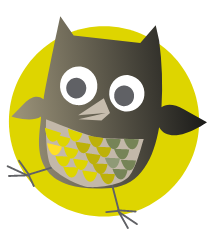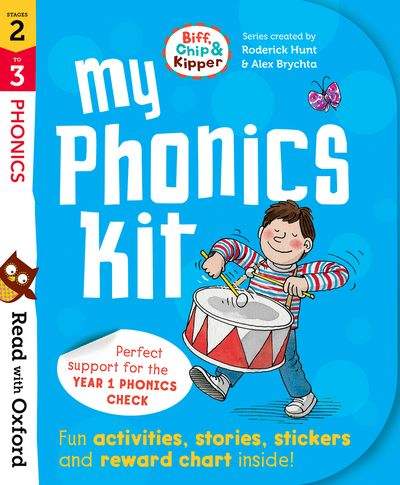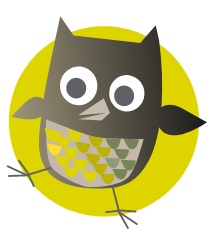New routines, new friends and new approaches to learning – starting in Reception is a milestone for you as well as your child.
Feel assured that many of the simple activities you have been doing already have formed the basis for the new learning journey you both are about to take, especially the talking to and with your child that you’ve done.
Talking regularly about day-to-day life is really important when children are in the early stages of learning to read. Talking makes sure your child is hearing and pronouncing speech sounds. This is the foundation for phonics, a method of learning to read words. Phonics is taught right from the start in Reception, and there is much you can do to support your child as they learn to read using phonics.
What is phonics?
Phonics for reading is learning that the ‘squiggles on the page’ represent the words that we say and hear so we can ‘lift them off the page’. It is sometimes called the Alphabetic Code… and we need to ‘crack the code’.
There are around 44 different speech sounds in English. Phonics for reading is made up of two elements:
- The knowledge – knowing how the speech sounds (known as phonemes) in words we say are represented in written form by a letter or letters. For example, the word jam has 3 separate speech sounds /j/ /a/ /m/; the word boat has 3 separate speech sounds /b/ /oa/ /t/. A written letter or combination of letters is known as a grapheme.
- The skills – being able to recognise the separate speech sounds represented by the graphemes and say them and blend them together in order, to pronounce a whole word.
How are children taught at school?
In school, children are taught phonics using a systematic phonics programme. It maps out the order in which the individual speech sounds and the letter/s that represent them will be introduced and learned. These phonics lessons are structured so that they revisit what children have already learned as well as introducing new learning.
This organised approach continues over time with children reading more and more words as new letters and their sounds are introduced. With practice, the skills of word recognition and blending become speedy and automatic and only used when needed. For example, even as expert readers we do call on our phonics skills and knowledge when we come across an unfamiliar word.
Take the word incunabulum, for example, which means a book published before 1501. You’ve probably not encountered this word before or seen it written down. In order to read it successfully we go back to using our phonics knowledge to identify the speech sounds (phonemes) represented and our phonics skills to blend them.
How can I help?
It is important to note that phonics alone does not make us a reader. To be a ‘real reader’ we go beyond just reading words individually to understanding what the words on the page mean. Having ‘cracked the code’, your child can read a variety of books for pleasure, for enjoyment and to be informed. As with phonics, talk is important for supporting children’s understanding of what they have read and to developing their own views and opinions.
Many books include questions, often on the inside of the front and back covers, to ask your child before, during and after reading to make sure they have understood what they have read rather than purely decoded the words. Use these questions as prompts when reading with your child to help them develop their understanding of the words they read.
More phonics help on Oxford Owl
Phonics videos
Learn how to pronounce all 44 phonics sounds, or phonemes, used in the English language with these helpful examples from Suzy Ditchburn and her daughter.
Top tips for developing phonics skills at home and advice on decoding and blending from Ruth Miskin, phonics expert and creator of Read Write Inc. Phonics.
What is phonics?
Books
Please note: all book links lead to more information on Amazon.co.uk
My Phonics Kit
Ages 4–6
Packed full of fun activities, engaging stories and useful tips, this kit provides you with everything you need to support your child in the lead up to the national phonics screening check for 6-year-olds.
Practise phonics skills with three activity workbooks and three phonics storybooks to share. Reward good work and build confidence with fun stickers and find out everything you need to know about the phonics check with expert advice from phonics advice, Laura Sharp.


